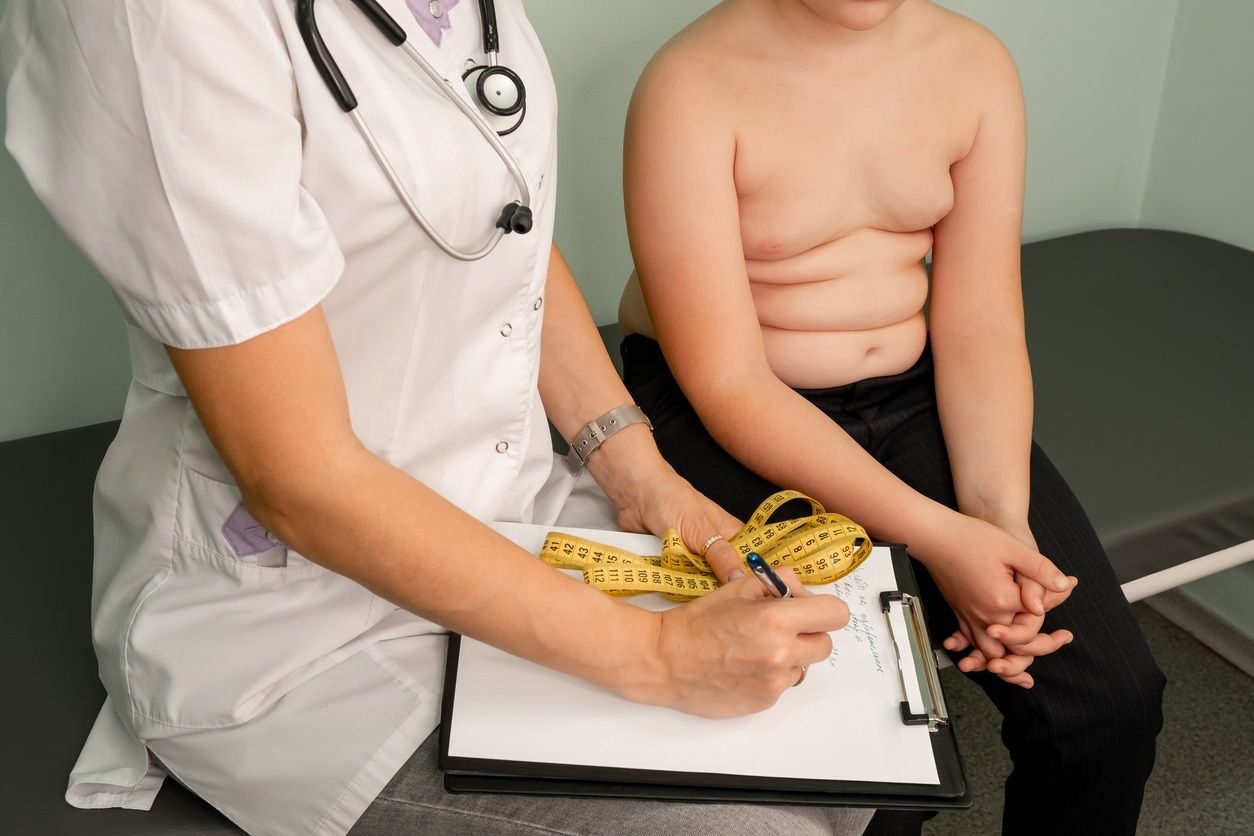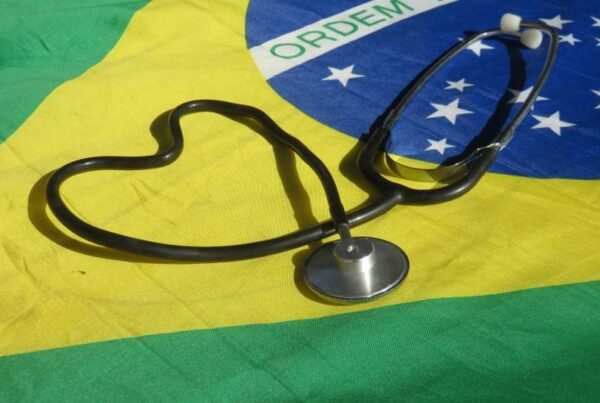In recent decades, overweight and obesity have taken on alarming proportions. It is an epidemic that affects 40 million boys and girls in the world, 10 million more than two decades ago.
Latin America is the region with the highest prevalence and Argentina, one of the most critical countries with 30% of overweight and obese adolescents. Middle-income countries, such as Argentina, face the combination of problems: malnutrition, micronutrient deficiency, obesity, and overweight. Although there are critical cases, especially in the most vulnerable areas of the country, malnutrition rates have fallen a lot in recent years, while overweight and obesity are increasing.
The country has the second highest rate of overweight in children under five in Latin America and the Caribbean with 9.9%, according to the Pan American Health Organization (PAHO) and the Food and Agriculture Organization of the United Nations (UN). According to official figures, in adolescents aged 13 to 15years, the percentage of overweight children increased by 17% in five years from 25% (2007) to 29% (2012).
This epidemic also has a dimension of inequity that strongly affects the poorest populations. Boys and girls with low socioeconomic status are 31% more likely to be overweight than those with high socioeconomic status.
In Argentina, the food labels are not clear, they lend themselves to confusion and consequently a product that seems healthy, may not be. The incorporation of the frontal labeling in the containers is an effective measure, proven in countries like Chile, that recently implemented it. Restrictions on advertising of food products aimed at children, protection of school environments, and discussion of fiscal policies for sugary drinks are other strategies that in the region show very good results.
Obesity and overweight are not individual problems: they are social epidemics that require action at the population level, that generate healthier environments where children and adolescents can fully exercise their right to health.



